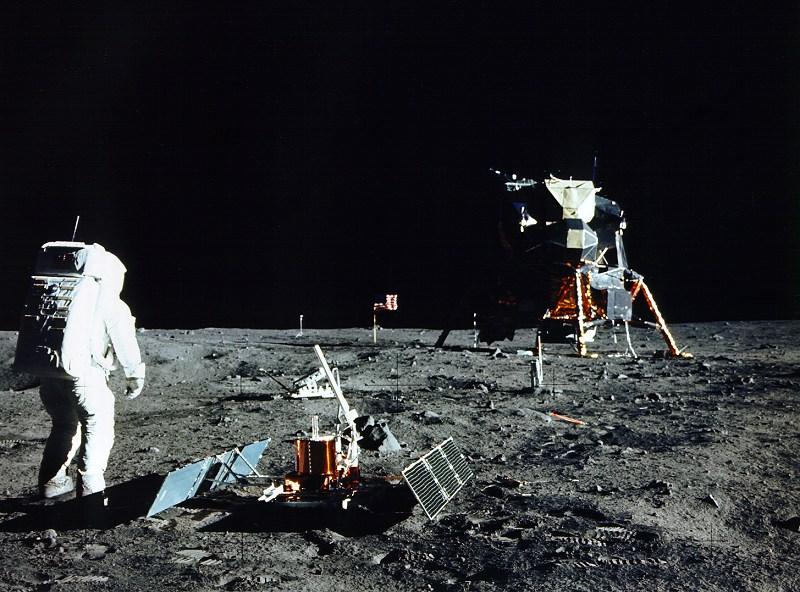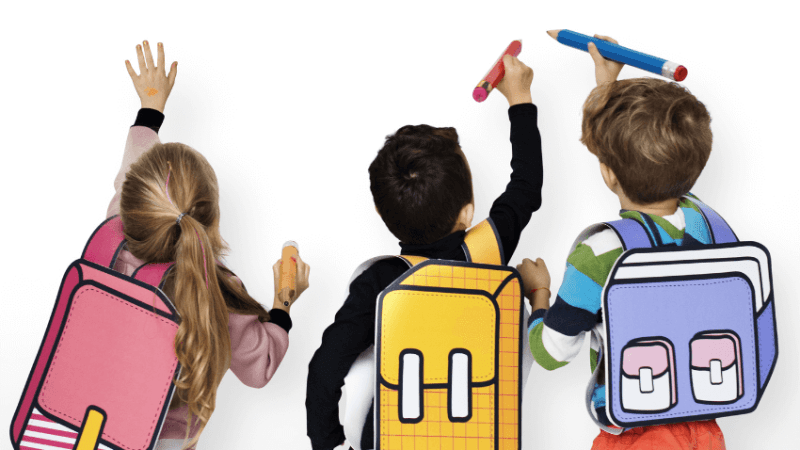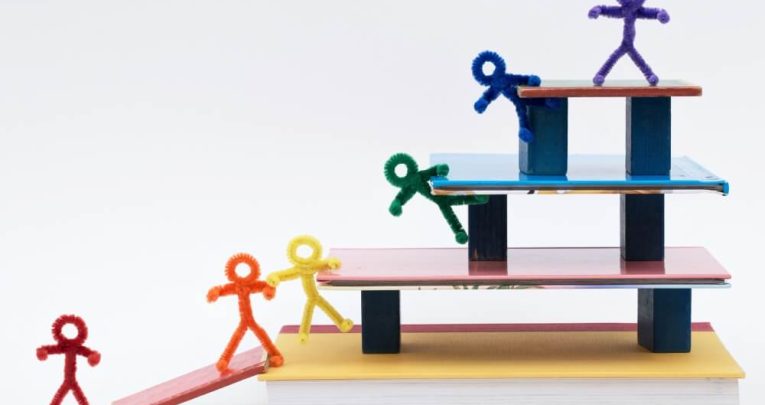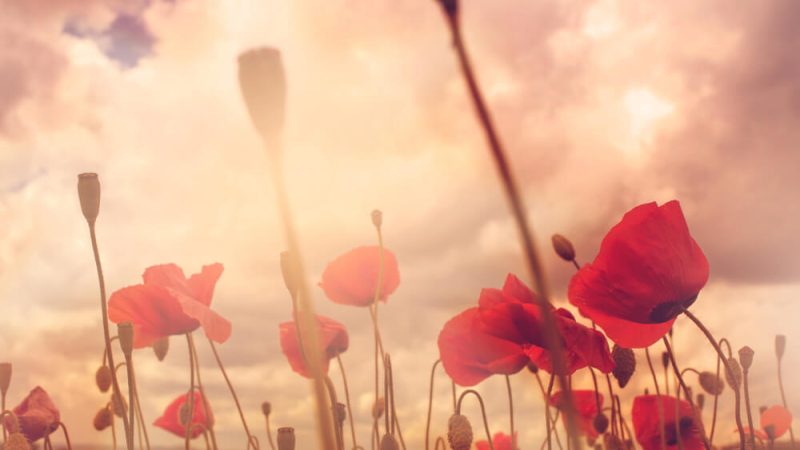Moon Landing – 8 of the best primary teaching resources
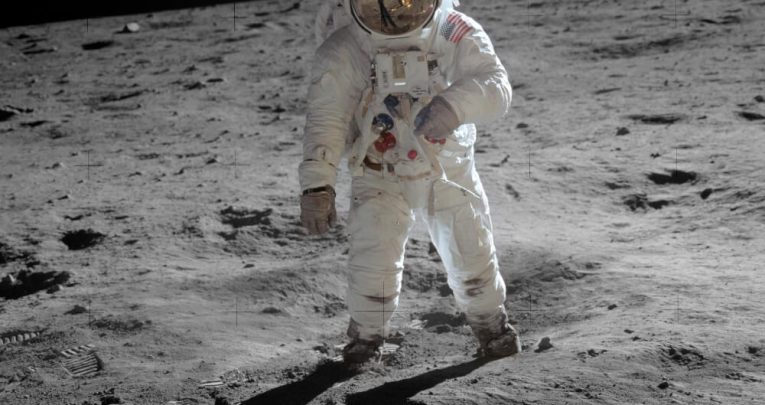
It’s been over half a century since humankind stepped foot on the moon. Teach your pupils about Neil Armstrong, Buzz Aldrin and the Apollo 11 mission with these resources…

- by Teachwire
- Classroom expertise and free resources for teachers
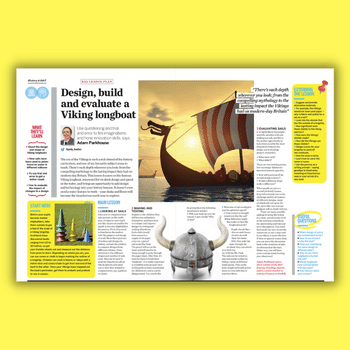
A long time ago in a galaxy far, far away…
Well, far away from somewhere. It’s not far away from us. It’s our galaxy.
Yes, your students may be more interested in Star Wars and Guardians of the Galaxy than the actual reality of space, but they’re probably too young to appreciate a time when a cultural event would help shape our fascination with all things sci-fi.
Around 530 million people watched worldwide as Neil Armstrong, Buzz Aldrin and Michael Collins landed on the lunar surface, and as Armstrong and Aldrin later stepped out of Eagle, the lunar module.
The landing took place on Sunday 20 July, 1969, at 20:17 UTC (Coordinated Universal Time, which handily for us in the UK is the same as GMT). Armstrong stepped down on Monday 21 July at 02:56.
It’s an achievement that has hardly ever been matched – only 10 other astronauts have managed it (all between 1969 and 1972).
This is despite some people’s insistence that it never actually happened:
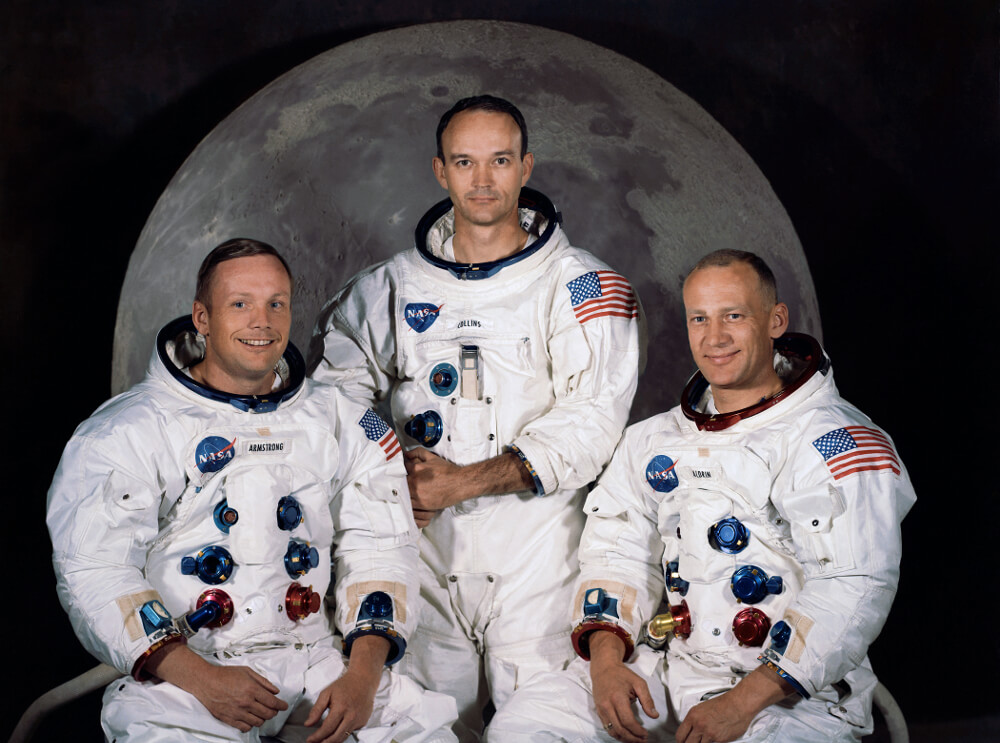
WHO TOOK THIS PHOTO? Conspiracy! CONSPIRACY!
Almost as impressive was this Apollo 11 insignia which about the Americanest, Mooniest design you could create. It’s ace.
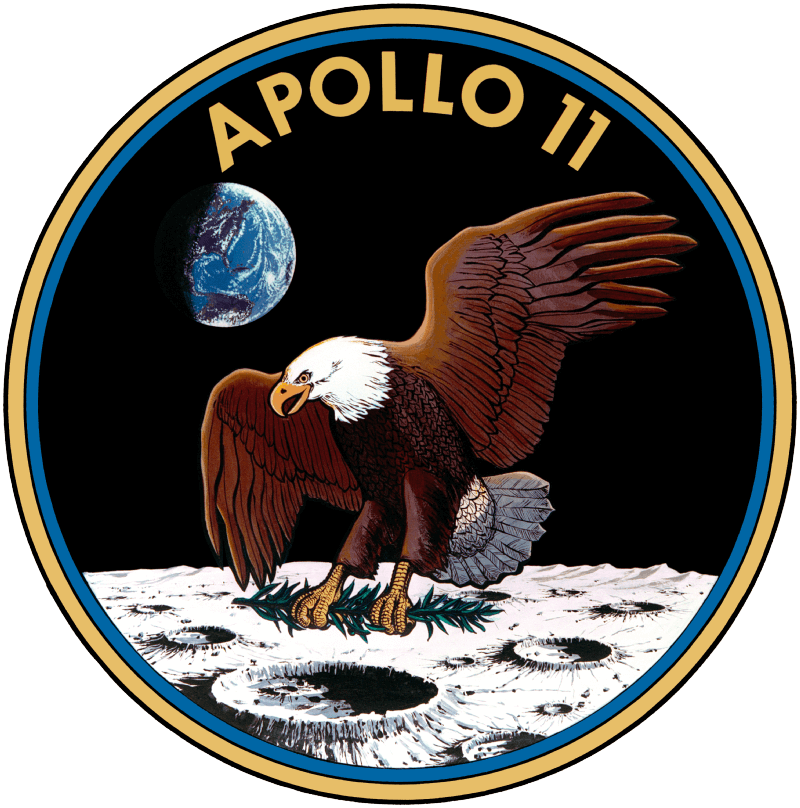
So if you want to take the opportunity around the 50th Anniversary to teach it in class, we’ve picked out some great resources for you.
1 | Moon landing comprehension worksheets
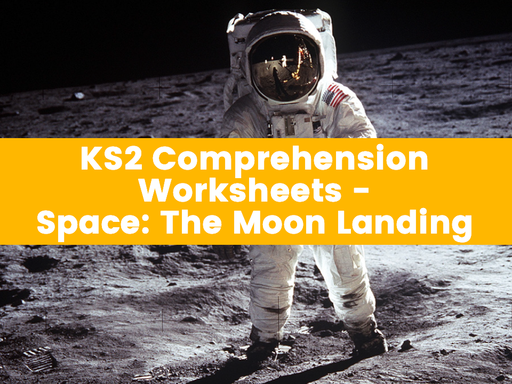
This non-fiction information text covers Neil Armstrong and the Apollo 11 moon landing.
Ideal for KS2, it can be used as part of a guided reading session or as homework.
A worksheet with 12 comprehension questions is included, which covers the different reading skills of data retrieval, inference and the use of vocabulary.
2 | Who was Neil Armstrong?
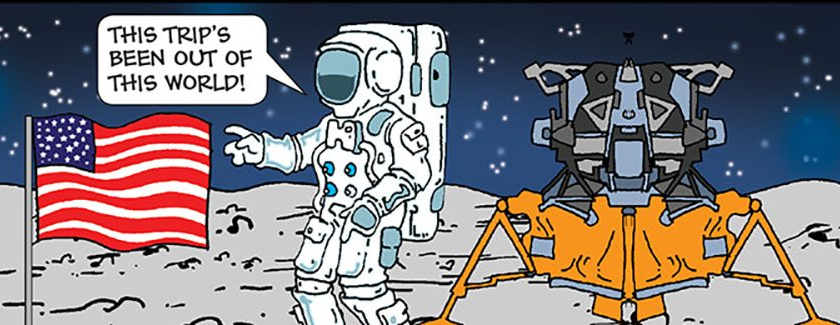
Discover who Neil Armstrong was and how he became the first man to step foot on the Moon in this Nat Geo Kids resource that helps children to learn about the Moon landing.
When did Apollo 11 make its historic landing? What did Neil Armstrong say on the recording he sent back to Earth? What did he do after retiring from space travel? How did he avoid tragedy on the surface of the Moon? Find out in this easy-to-read comic.
Pupils will learn about Neil Armstrong’s background and how it prepared him for his time as an astronaut in our National Geographic Kids’ History and Space primary resource sheet.
3 | Space travel unit of work
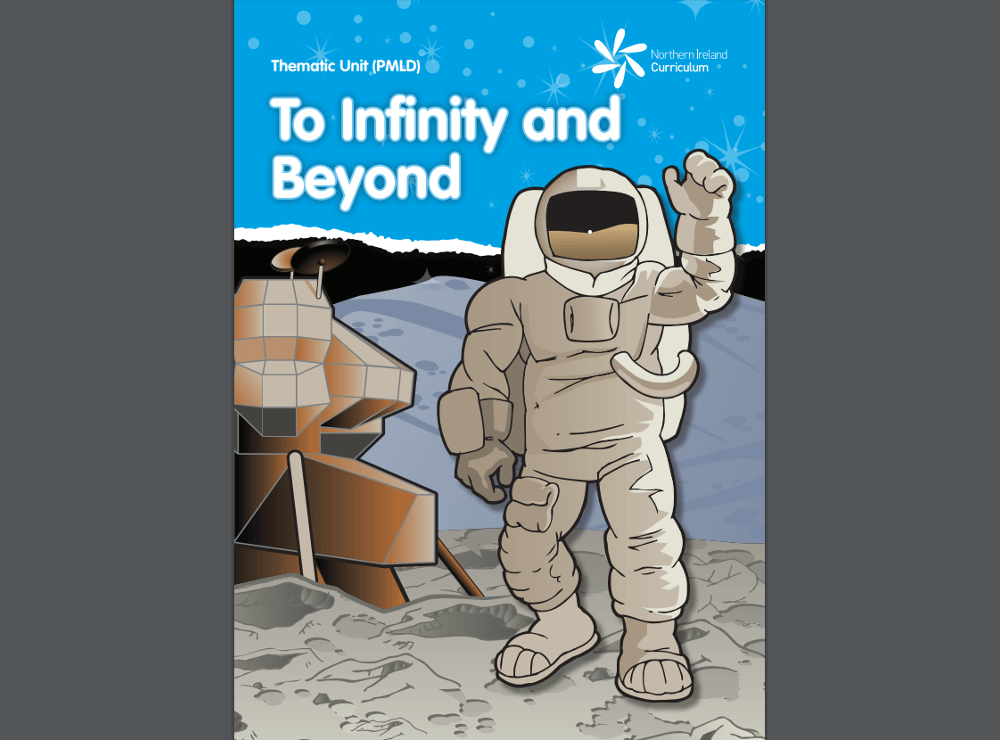
In this unit your learners gain an awareness of outer space and space travel, which is developed and embedded through a range of carefully planned and personalised sensory experiences such as poetry, stories, songs, ICT, art and music.
But these activities are merely suggestions, and you can adapt or extend them to suit your learners’ age, cognitive ability and specific needs.
Trending
4 | Investigate real Moon rock
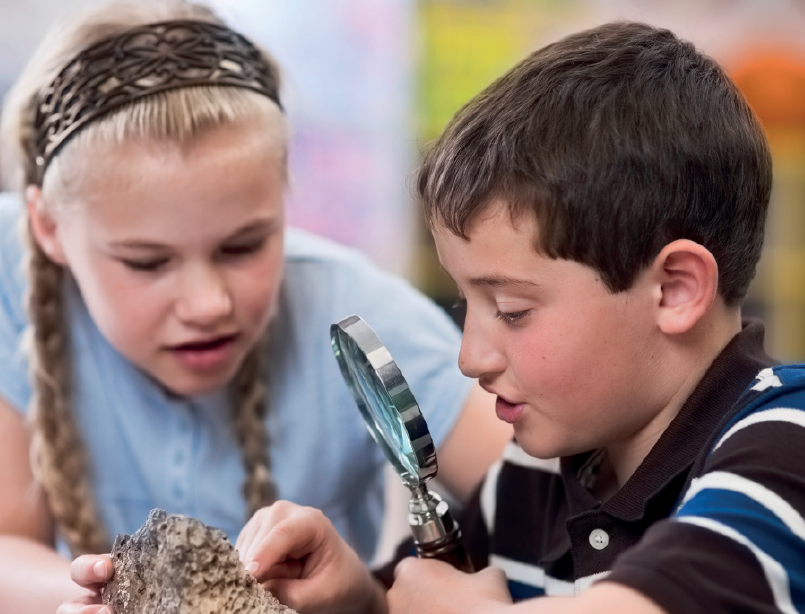
When NASA brought back samples from the Apollo space missions, it was incredibly fussy about who got them.
However, the good news is that they did give some to the UK, and schools can get their hands on the rocks through the Science and Technology Facilities Council (STFC) loan scheme.
This lesson plan uses real Moon samples to carry out close observations, compare and contrast materials and describe and evaluate scientific ideas.
5 | Borrow the Moon
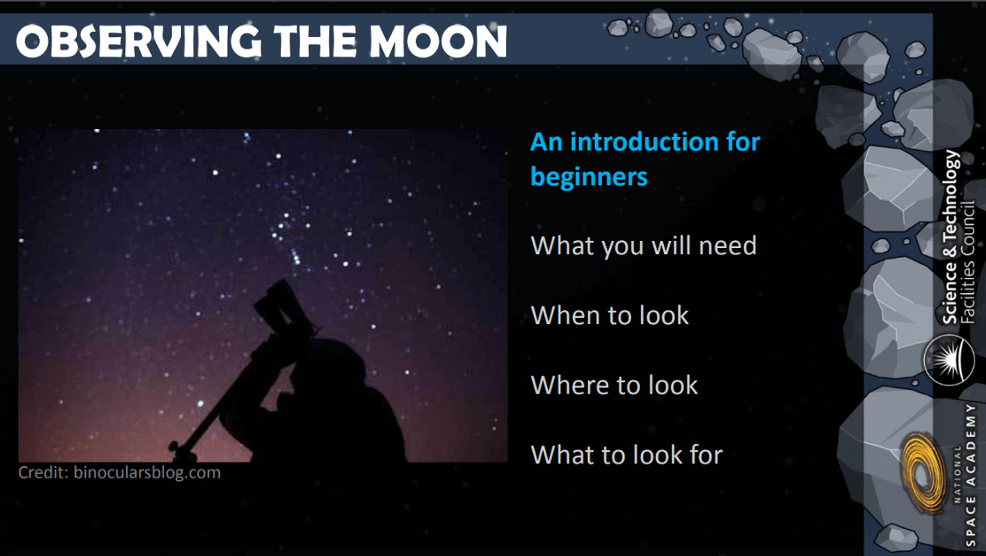
The Science and Technology Facilities Council created this site which is full or moon-related resources for Key Stages 1, 2, 3 and 4.
In KS1 you can create and investigate moon craters and think about how you would survive on the moon.
While in KS2 you can explore where meteorites come from and look at what astronauts did in once they’d landed on the lunar surface.
This, and loads more.
6 | Newspaper article
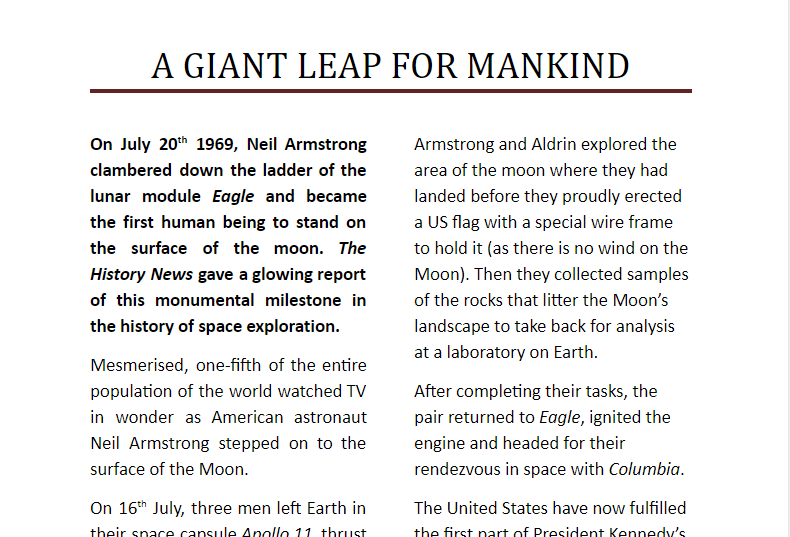
If you’re after an example news report for the Moon landing you can get a free one on the Literacy Wagoll Reports and Recounts page.
7 | Actual newspaper reports
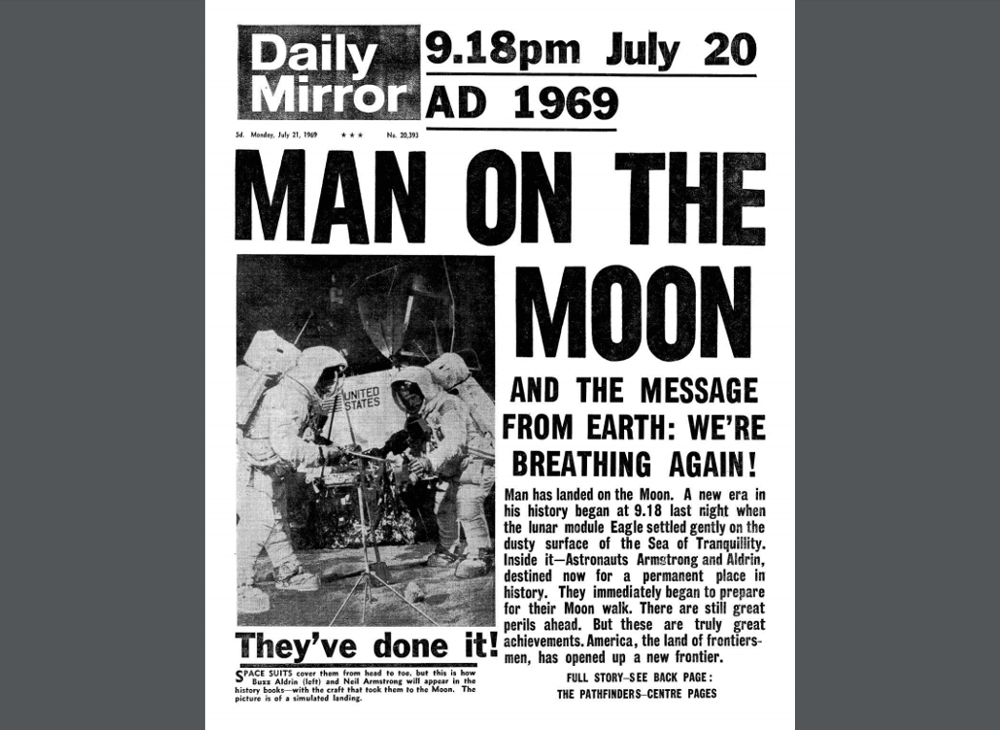
If you want a PDF of an actual report from the time, this PDF features three pages from the Daily Mirror from 21 July 1969.
8 | Apollo 11 images
If you want some images to share with your class, STEM.org has a bunch here to download freely, from launch to returning to earth




